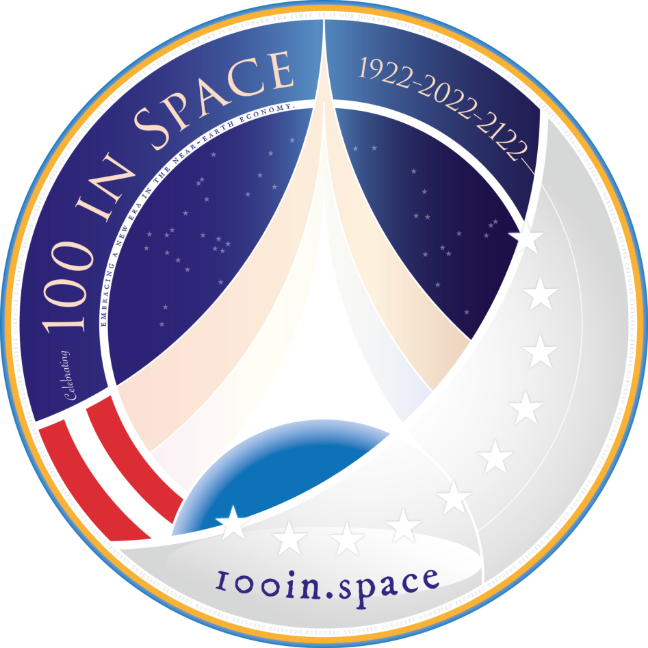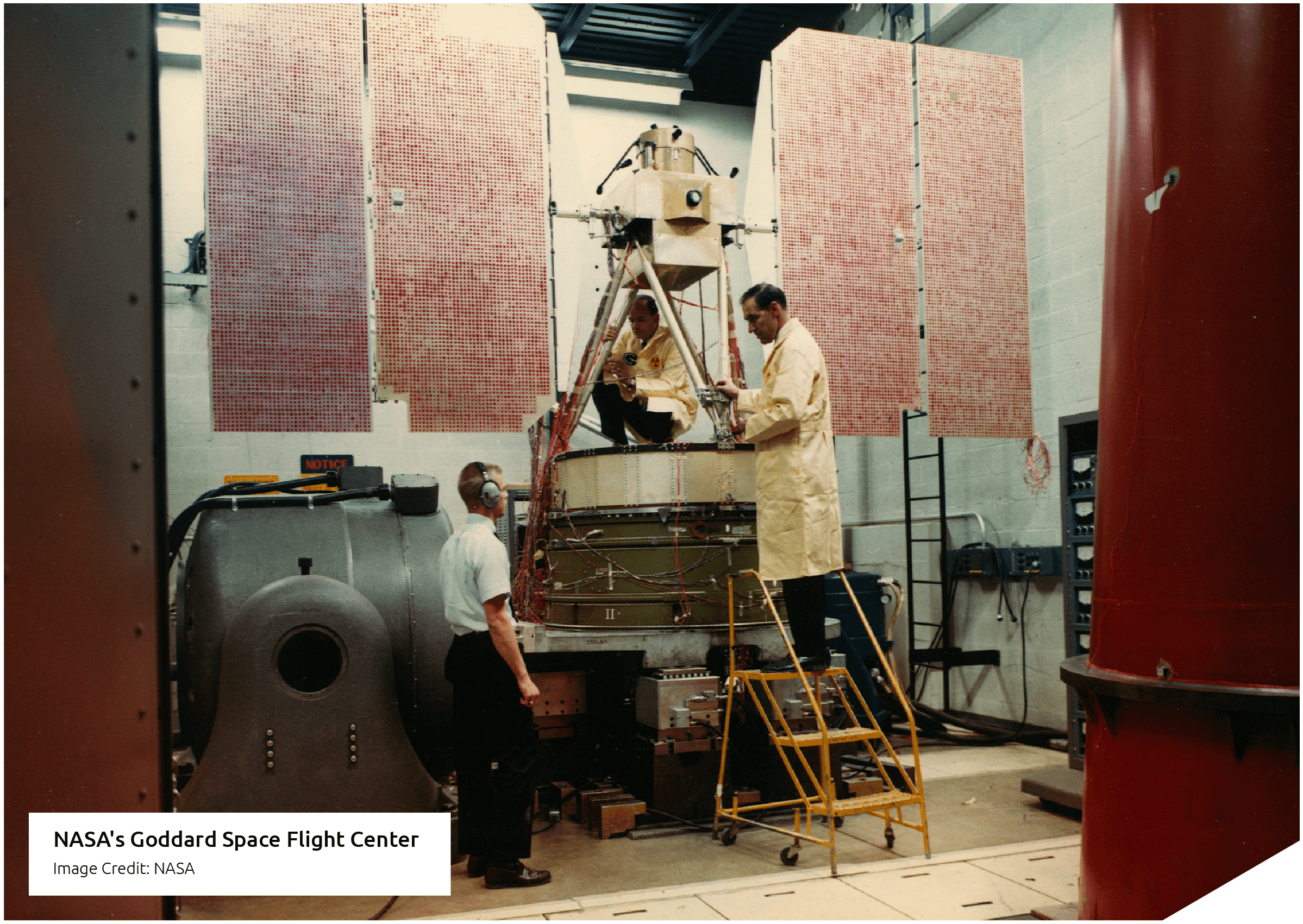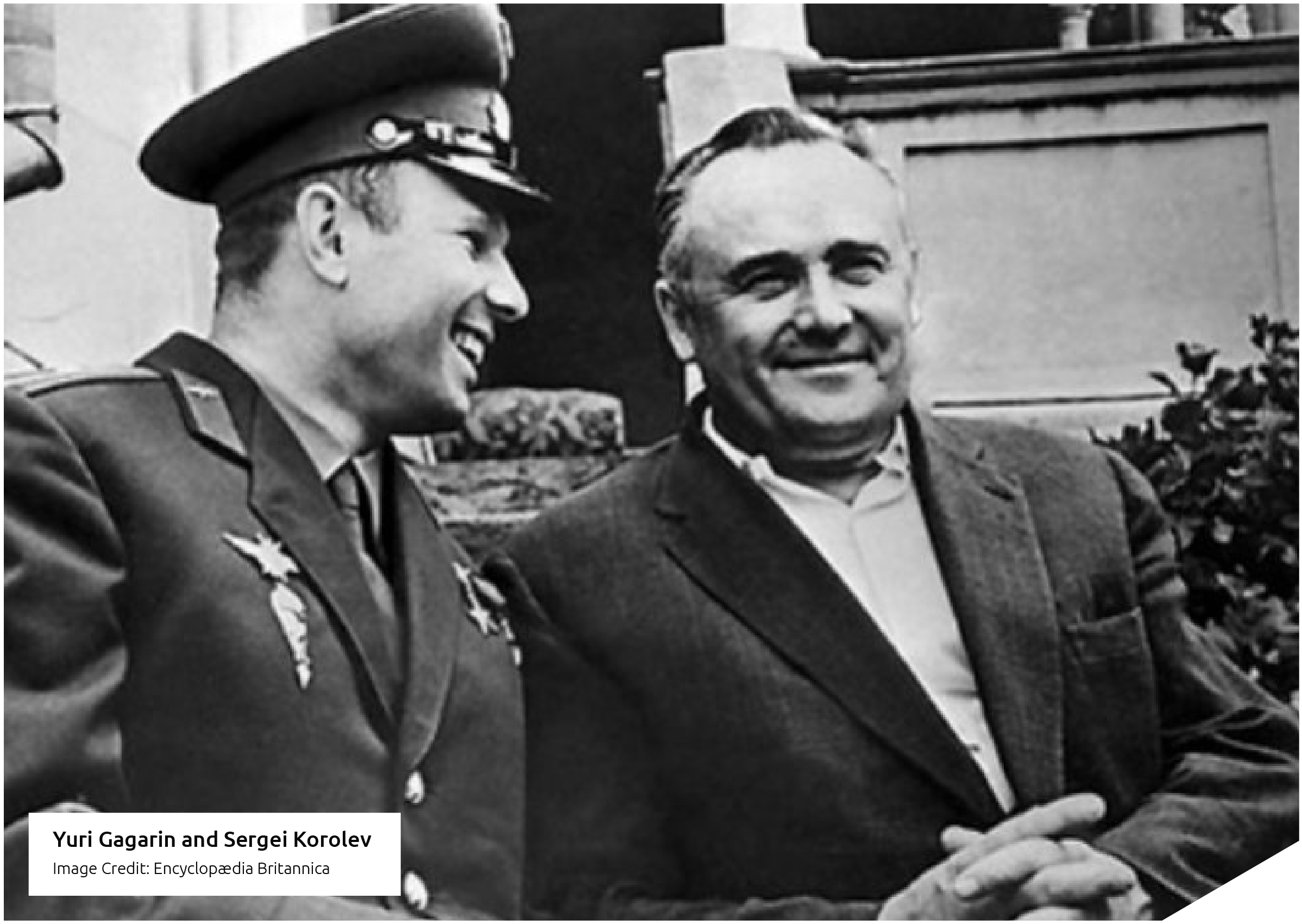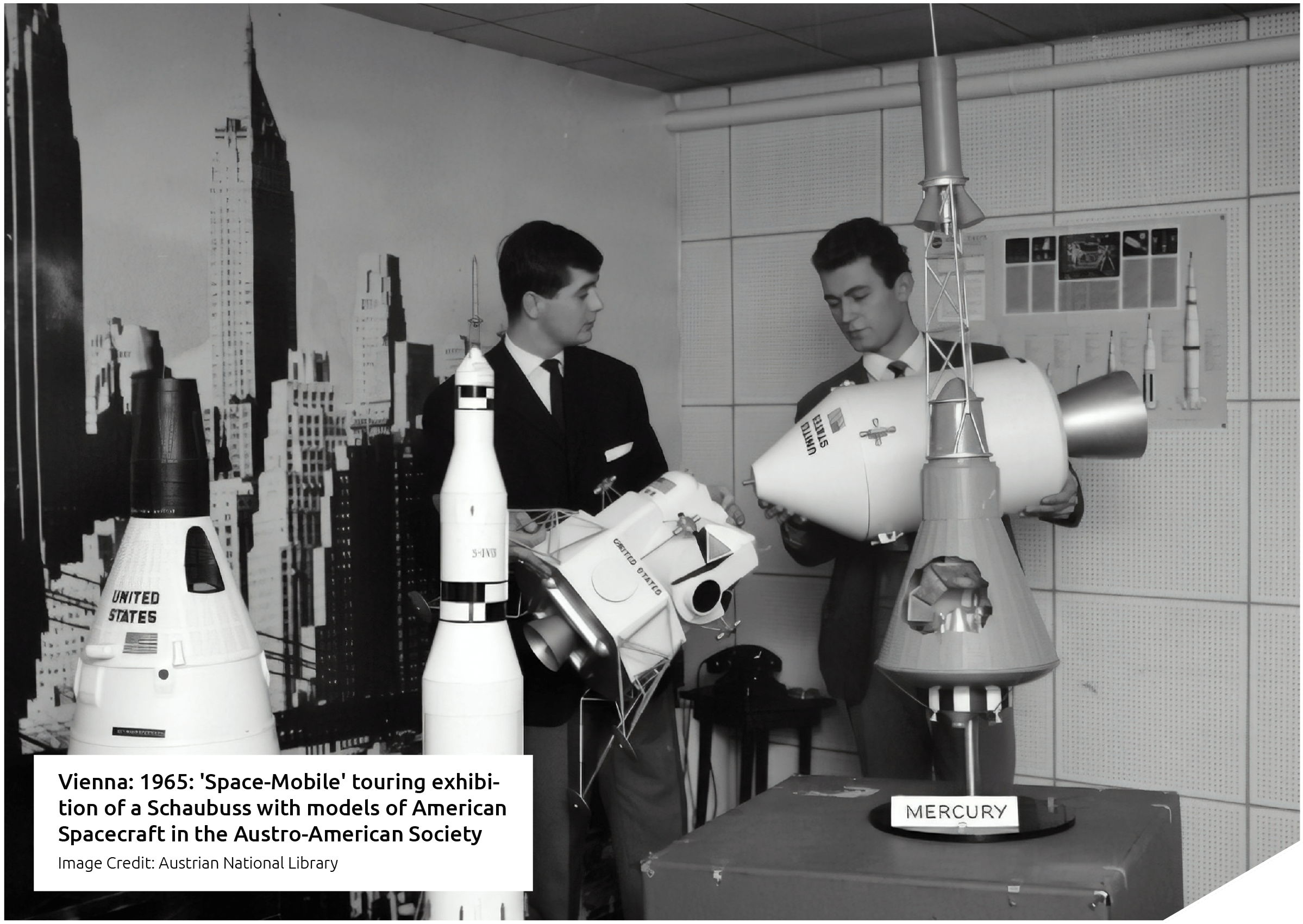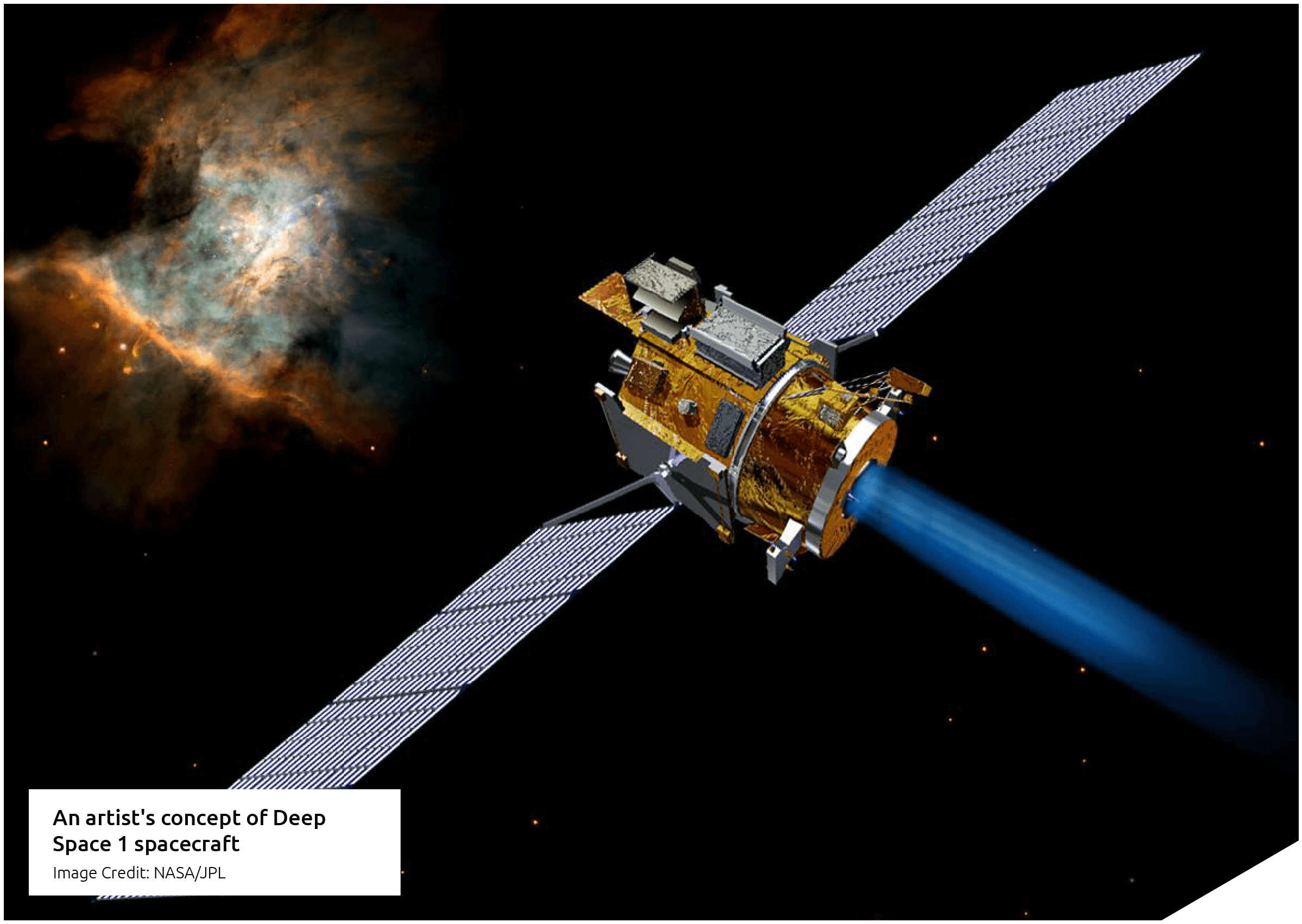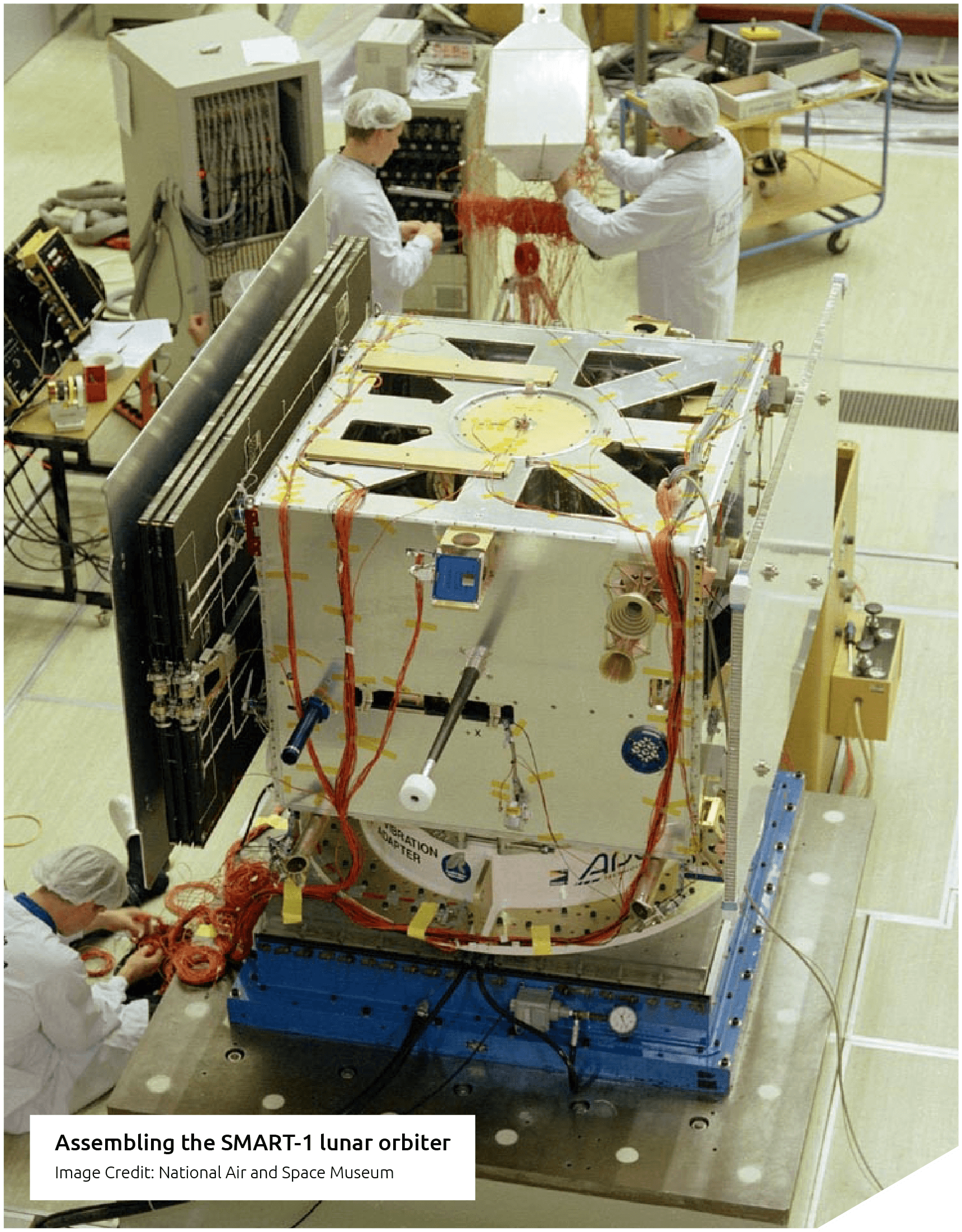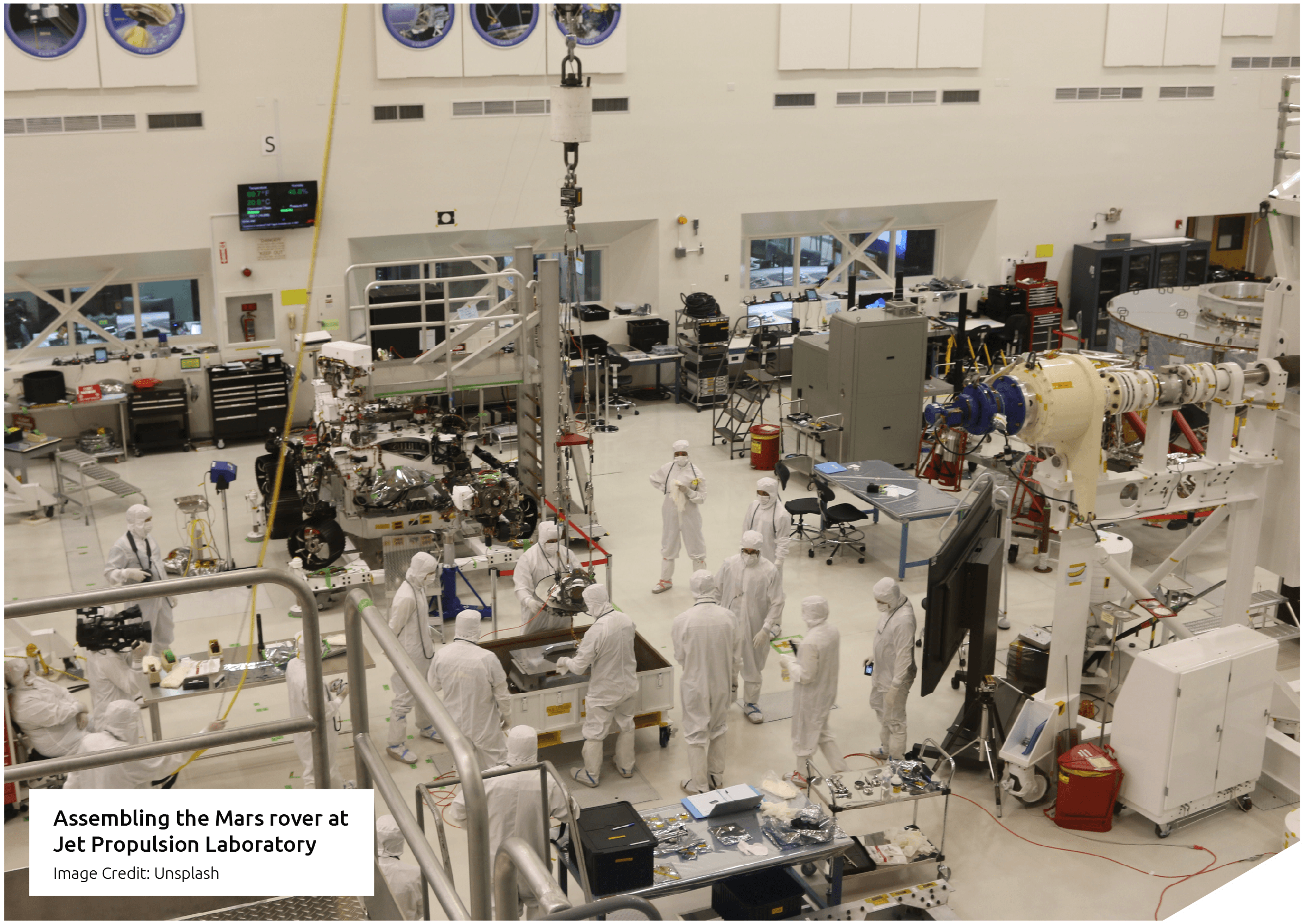The Era of Visionaries and Pioneers — until the mid 1950s
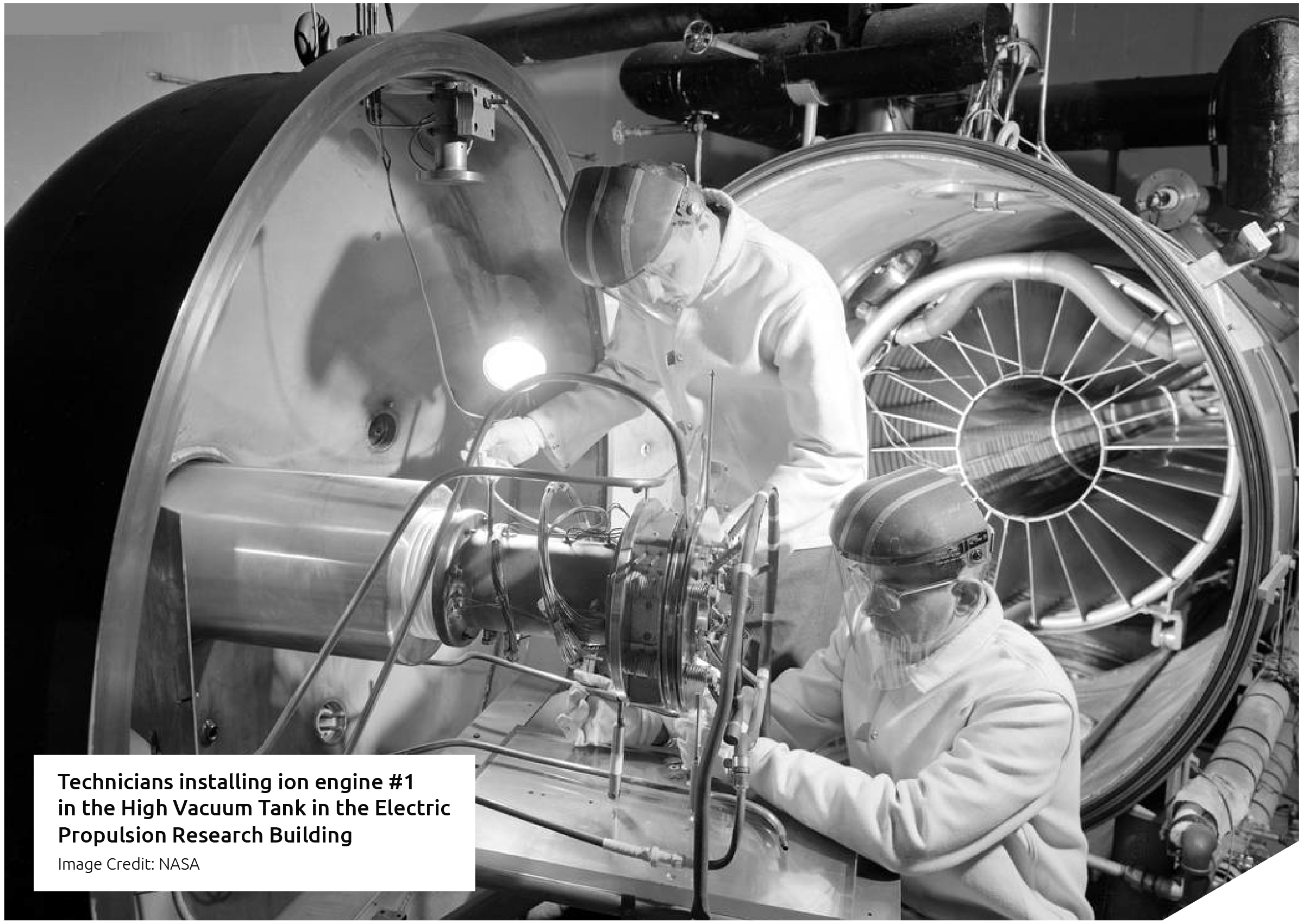
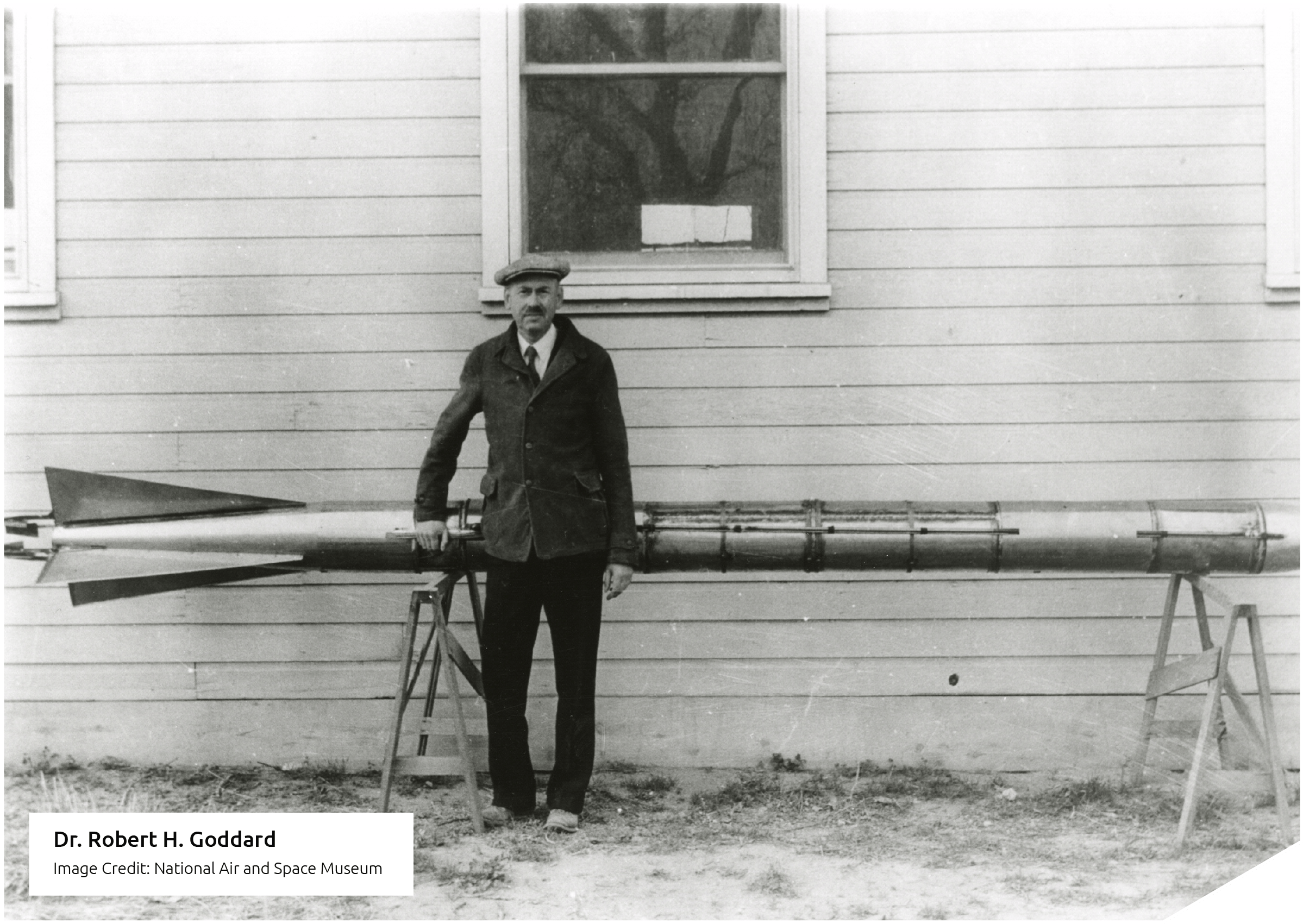
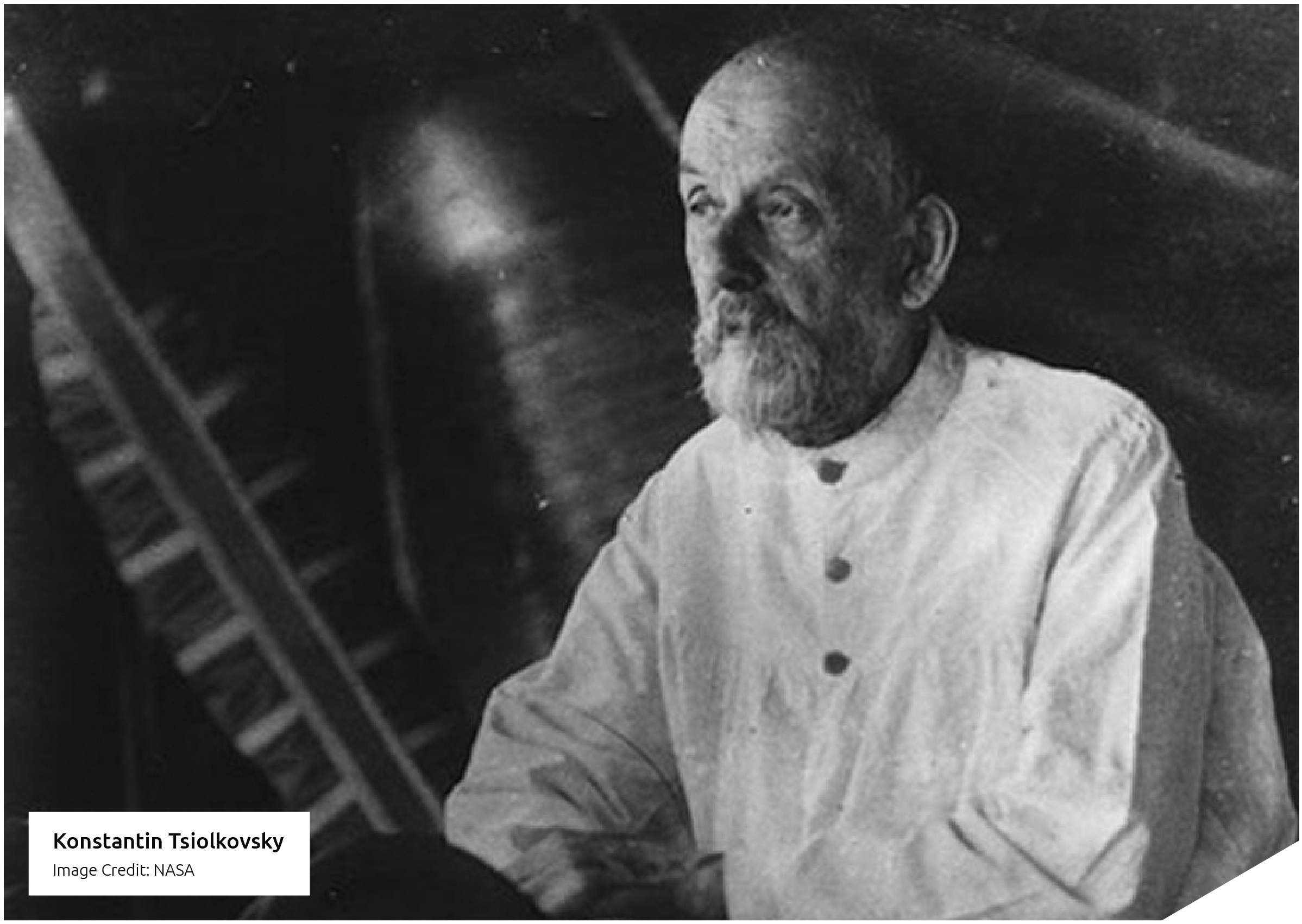
On the other side of the Pacific, Robert Goddard (1882-1945), one of Tsiolkovksky’s contemporaries, was working on both electricity and propulsion. Although he often is identified as another father of modern rocketry, no historical evidence has showed a direct connection between both visionaries. Being naturally drawn to the topic, Goddard mentioned electric propulsion in his notebook as early as 1906 and came up with the basic principles for the acceleration of electrons, which kept him busy for another decade. In 1917, he patented an important method for producing electrified jets of gas, the first documented electrostratic ion accelerator in history. And yet, as the United States entered World War I, scientists focused their efforts on practical and well mastered chemical propulsion solutions that better fitted military needs at the time.
A few years later, Hermann Oberth (1894-1989) took the propulsion community by storm. In 1922, his doctoral research proposal on rocket science labelled as “utopian” was turned down by the University of Heidelberg. He was then invited to defend his thesis a year later at the University of Cluj in Romania and published a controversial book called The Rocket Into Planetary Space that he further developed and republished in 1929. This publication, describing all practical considerations associated with the design of an electricity-powered spacecraft, rapidly became an immense source of inspiration for a whole generation of upcoming rocket scientists and science fiction writers that brought spaceflight even closer to reality. But many fields still needed to be better understood for electric propulsion to eventually blossom.
